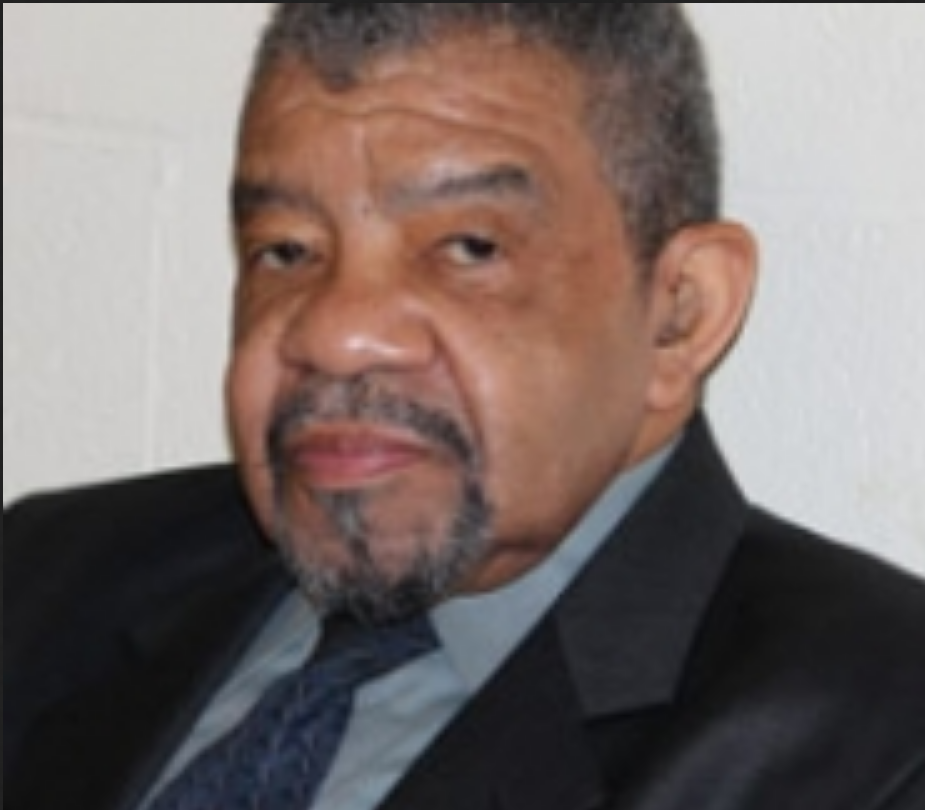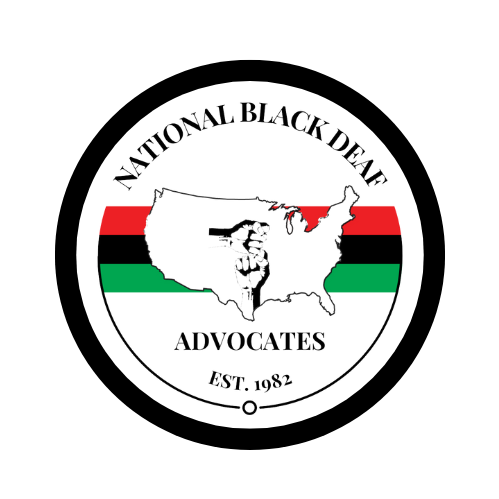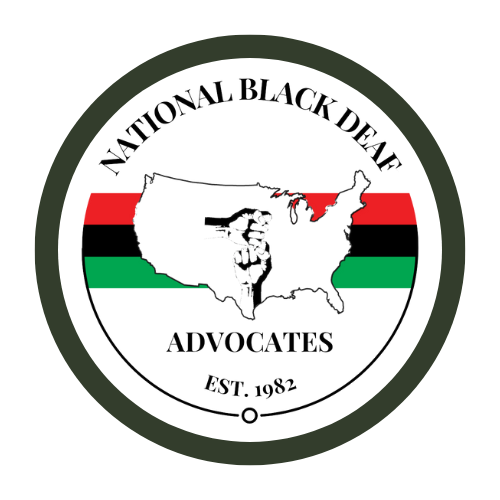
Ernest E. Hairston was born and raised in West Virginia, where he attended the West Virginia School for the Colored Deaf and Blind. In 1954, following the Supreme Court’s landmark anti-segregation ruling, he transferred to the West Virginia School for the Deaf and Blind. He graduated from Gallaudet College in 1961 with a bachelor’s degree in Education and became the first Black deaf teacher at the State School for the Deaf, Raleigh, NC. He earned his master’s degree in Administration and Supervision from California State University Northridge (CSUN). He became the first Black deaf person to earn a Ph.D. in Special Education Administration from Gallaudet University in 1994.
Dr. Hairston started working with the U.S. Department of Education in 1971 and served in various capacities, including: Associate Division Director, Chief of the Captioning and Adaptation Branch, Education Program Specialist, and Project Manager. At the time of his retirement in 2011, he served as the agency expert and authority in the areas of educational media and media technology in the Office of Special Education Research to Practice Division. He published numerous professional papers and articles and co-authored the book Black and Deaf in America, Are We That Different? with Linwood Smith (1983, T.J. Publishers, Inc.).
Dr. Hairston continues to participate and work with the Deaf community in many roles over the years. He provided valuable guidance to various institutions and organizations including the National Association of the Deaf (NAD), and the National Black Deaf Advocates (NBDA) of which he was a founding member and has been a driving force. In 2008, Dr. Hairston served on the Board of the Deaf and Hard of Hearing in Government (DHHG). He also served on the Board of Trustees for the Maryland School for the Deaf. He currently serves as a Director of Artistic Sign Language for the Kennedy Center for Performing Art’s sign-interpreted productions and performances in Washington, D.C.
With his wife Mencie, Dr. Hairston established High Bridge Foundation in 2012 to promote the well-being of young people from underserved populations, including new immigrants, adoptees, disabled persons and those in need of financial help, to pursue higher education.


Comments are closed